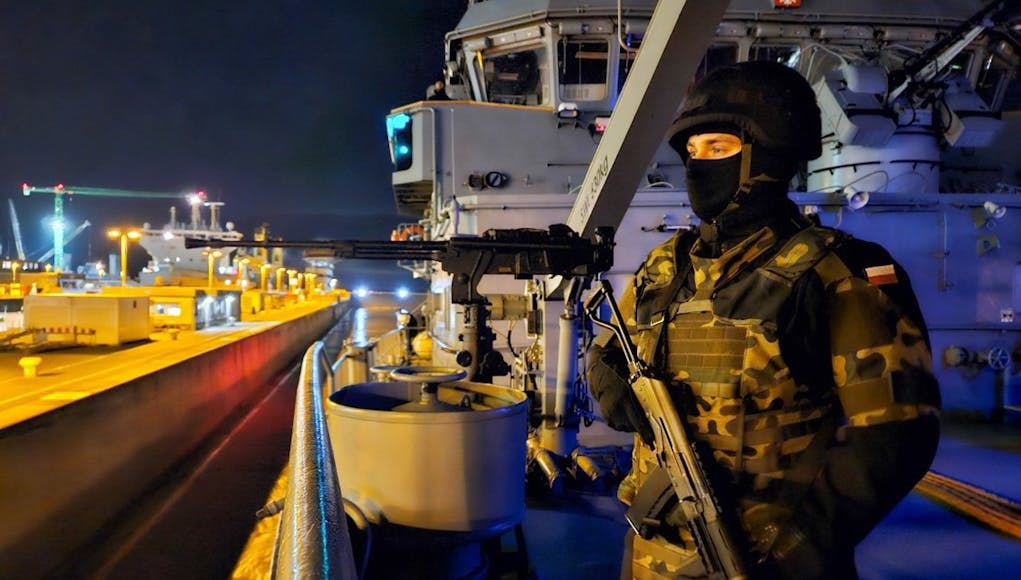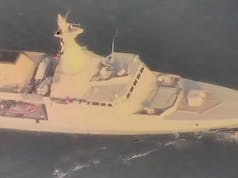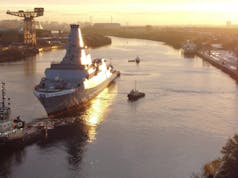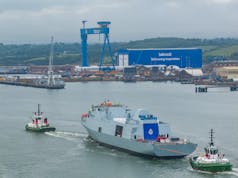From October 30 to November 10, two of NATO’s maritime very high readiness task groups partook in the enhanced Vigilance Activity (eVA) Neptune Strike 23-3 (NEST23-3) in the North and Baltic Seas.
This exercise was the third iteration of the Neptune Strike series for the year, focusing on the integration of high-end maritime warfare capabilities of carrier strike groups in defence of the Alliance.
The exercise involved Standing NATO Maritime Group 1 (SNMG1) and Standing NATO Mine Countermeasures Group 1 (SNMCMG1), with participation from 20 Allies and one partner nation, under the direction of Naval Striking and Support Forces NATO (STRIKFORNATO). SNMG1, led by German Navy Rear Admiral Thorsten Marx, includes four ships from Allied nations.
Rear Admiral Marx, discussing the exercise, stated, “Our ability to plug in and merge with other maritime formations on short notice is a living testament of NATO’s readiness to cope with any security challenge that endangers the security of the Alliance.”
SNMG1’s involvement in NEST23-3 focused on refining tactics, techniques, and procedures to increase interoperability and capacity in the maritime domain. The exercise also aimed at improving mutual understanding and strengthening alliances in the region.
SNMCMG1, commanded by Polish Navy Commander Piotr Bartosewicz, has been operational since July and consists of four minehunters and two minesweepers. Commander Bartosewicz detailed their operations, saying, “Our units were deployed and conducted tasks in different areas of northern Europe. We were active in the North Sea, and through the central to north part of the Baltic Sea Region conducting enhanced vigilance activities and patrolling crucial sea routes to ensure freedom of navigation. SNMCMG1 is ready to bring the capabilities and skills to conduct inspection and protection of critical underwater infrastructure.”














I didn’t realize NATO had warships….I thought that they were warships from NATO member states….perhaps the headline could be re-written…A bit like UN peace keepers…it’s not the UN but nation states providing soldiers…Maybe I’m splitting hairs but I’m very wary of multinational organizations claiming assets and jurisdiction. It’s a bit like the EU army there was never meant to materialize but indeed is starting to form now. However, according to EU fanatics there will be no EU army 😉 Yes sure….
AT Surely by now you realises the name of the game is globalism & everything that the MSM parrot to Joe public sooner or later the exact opposite occurs ……
🏴🇬🇧
An interesting topic of conversation there maybe, real, properly funded, UN armed forces?
How on earth can you equate NATO with the EU?
if the UK was determined to stop a EU armed forces then, obviously, it should have stayed in the EU and stopped it. As a third country it is bugger all to do with us what the EU choose to do.
The mythic eu army.
Assets go to NATO command.
No those assets fall under NATO command but they are owned by the nation states and the sailors are from the Royal Navy.